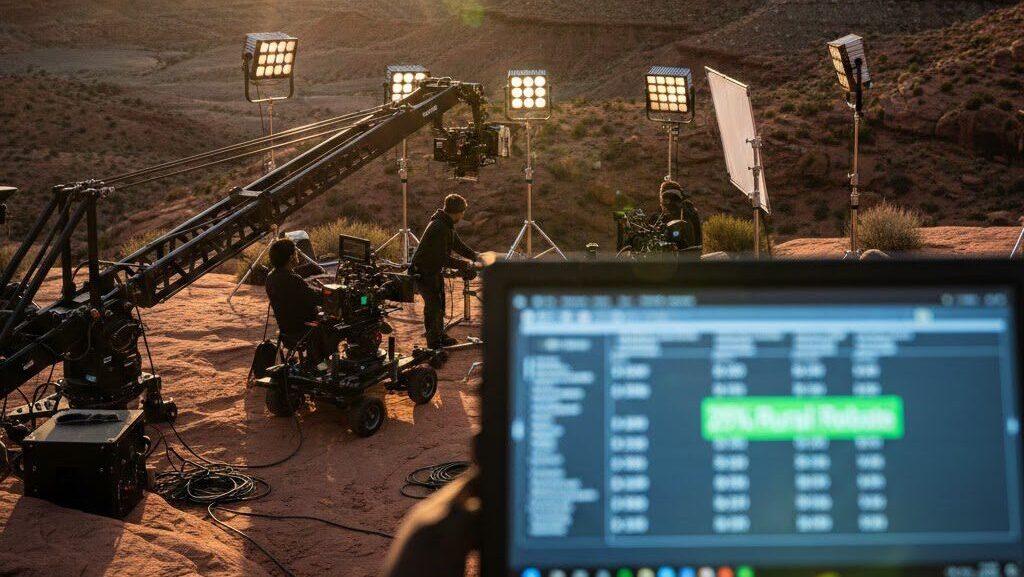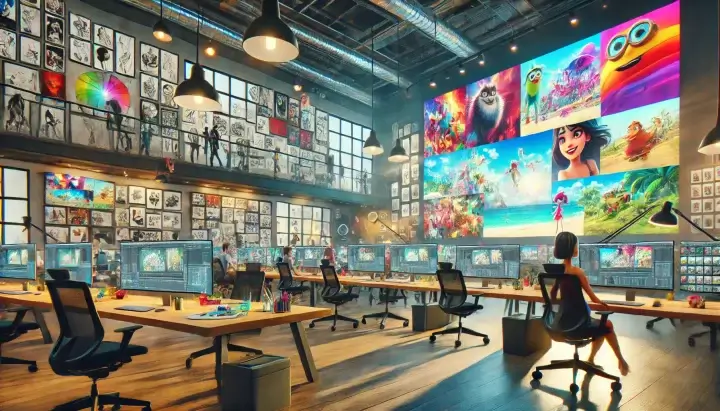Introduction
In the dynamic world of television, every blockbuster series begins with one crucial milestone — a Pilot Order. Whether you’re an aspiring producer, a media executive, or simply curious about how a TV show makes it to your screen, understanding the pilot order process is essential.
This article will walk you through everything you need to know about a pilot order — from what it really means, the types involved, how the decision-making works, and who the key players are. You’ll learn why a pilot order is often the ultimate greenlight for turning an idea into a full-fledged series and how platforms like Vitrina help companies navigate this critical phase effectively.
Read on to uncover industry insights, decode network strategies, and explore how you can position yourself to win in this space.
Discover Your Next Pilot Collaboration on Vitrina

What is a Pilot Order?
A Pilot Order is the television industry’s first major step in greenlighting a new TV series. It is essentially a commitment by a broadcaster, streaming service, or network to finance and produce the first episode — or pilot episode — of a show. This episode acts as a proof-of-concept that helps decision-makers determine whether the show has the potential to succeed with viewers.
The success of the pilot can lead to a full season order or may be used internally to refine the show further. It’s the crucial testing phase where script, direction, casting, and concept are all brought to life for the first time.
Types of Pilot Orders in TV Production
Not all pilot orders are created equal. Here are the most common types:
- Traditional Pilot Order: A single episode is produced and evaluated before a series commitment is made.
- Pilot Presentation: A shorter, lower-budget version of the pilot — often 10-15 minutes long — used to showcase the tone and concept.
- Put Pilot: A strong commitment where the network agrees to air the pilot or face financial penalties.
- Backdoor Pilot: A pilot episode embedded within an existing series, used to launch a potential spin-off.
- Straight-to-Series Order: When networks skip the pilot phase and commit to a full season directly, based on the strength of the concept, cast, or creators.
How a Pilot Order Works
The process of obtaining a pilot order typically involves:
- Script Development: Writers create a compelling script or concept.
- Pitching: Producers pitch the concept to networks or studios.
- Greenlighting: If interested, the network issues a pilot order.
- Production: The pilot episode is cast, shot, edited, and finalized.
- Screening: It’s tested with internal stakeholders or test audiences.
- Decision Time: The network decides whether to move forward with a full series.
Track Pilot Projects Across 100 Countries on Vitrina

Key Players in a Pilot Order
Several individuals and teams play pivotal roles in the pilot order phase:
- Showrunners & Creators: Develop the concept and execute the vision.
- Producers: Handle logistics, budget, and talent management.
- Studio Executives: Fund and oversee the production.
- Network/Platform Executives: Evaluate and greenlight pilots.
- Casting Directors: Secure the right on-screen talent.
- Writers’ Room: Develop additional scripts in parallel in anticipation of series pick-up.
Benefits of a Pilot Order
- Risk Mitigation: Networks can test a concept without full-season investment.
- Market Feedback: Pilot screenings provide real audience insight.
- Creative Clarity: Creators get a chance to refine their vision.
- Buzz Building: Pilots can generate early interest in the industry and with audiences.
- Early Sales: Rights or distribution discussions can start post-pilot success.
Challenges in Pilot Orders
- High Competition: Thousands of pitches, few pilot orders.
- Cost Risks: Even a pilot can be an expensive failure.
- Time Pressure: Tight timelines for development and delivery.
- Casting Availability: Locking A-list actors early is often difficult.
- Creative Compromises: Network preferences may override original vision.
How Vitrina Helps with Pilot Orders
Navigating the complexities of a pilot order process requires intelligence, connections, and precision targeting — and that’s where Vitrina Platform becomes a game-changer.
- Discover Projects Early: Track development-stage projects that are likely to receive pilot orders.
- Find the Right Partners: Vitrina maps producers, financiers, casting directors, and studios who are most active in pilot-stage content.
- Executive Profiling: Identify and connect with decision-makers involved in pilot commissioning.
- Outreach Tools: Premium members can directly connect with the right stakeholders for collaboration or pitching.
- Competitive Intelligence: Know what types of shows are being greenlit across genres and geographies.
With Vitrina, you’re not just informed — you’re strategically positioned to succeed.
Conclusion
A Pilot Order is the crucial launchpad for any TV series. It bridges the gap between concept and execution, giving creators and networks a tangible way to test and validate show potential. But navigating this space requires more than just creative ideas — it needs market intelligence, relationship networks, and tactical precision. With Vitrina, you gain all that and more — putting you ahead in the global entertainment race.
Frequently Asked Questions
Yes, but typically through partnerships with production companies or agents who have network relationships.
It varies, but typically 3-6 months from pitch to screening.
A pilot order is just for one episode, while a series order commits to multiple episodes or an entire season.





































